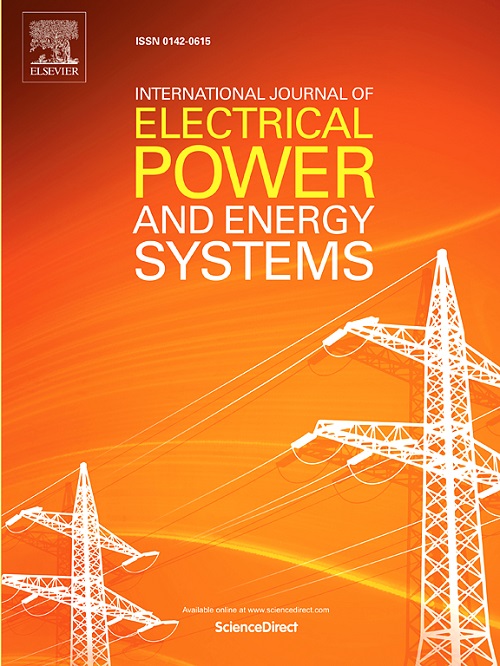SafetyGPT: An autonomous agent of electrical safety risks for monitoring workers’ unsafe behaviors
IF 5
2区 工程技术
Q1 ENGINEERING, ELECTRICAL & ELECTRONIC
International Journal of Electrical Power & Energy Systems
Pub Date : 2025-04-16
DOI:10.1016/j.ijepes.2025.110672
引用次数: 0
Abstract
Workers’ unsafe behavior is one of the major causes of accidents in electric power production. Intelligent monitoring of workers’ unsafe behaviors can effectively prevent the expansion of safety risks, thereby blocking the development process of risks to accidents. Electric power production processes are diverse in nature and require the frequent switching of operating scenarios. This makes it difficult to identify what is “unsafe” since worker behaviors within the given electrical context also exhibit variability and diversity. Existing methods have insufficient generalization and adaptability, which makes them inadequate for the case of electric power production. Therefore, this paper proposes Safety Generative Pre-trained Transformers (SafetyGPT), an autonomous agent of safety risk based on a multi-modal large language model, which incorporates a human–machine collaborative monitoring mode for unsafe behaviors of workers. SafetyGPT loads the electric power production video, and the backend supervisors set instructions for SafetyGPT based on task requirements. The model encodes visual and textual features into corresponding tokens, realizes multi-modal feature alignment and fusion through the cross-attention mechanism, and then generates targeted responses through the large language model. Next, the proposed method is applied to real production site data to confirm the effectiveness and superiority through comparison with other methods designed to identify unsafe behaviors. Experimental results show that the accuracy of the proposed method for the identification of unsafe behaviors in complex environments is 96.5%, and that it can generate reasonable recommended plan based on the identification results, assist backend supervisors in making decisions, and effectively improve the safety level of power production.

SafetyGPT:用于监控工人不安全行为的电气安全风险自主代理
工人的不安全行为是造成电力生产事故的重要原因之一。对工人的不安全行为进行智能监控,可以有效防止安全风险的扩大,从而阻断事故风险的发展过程。电力生产过程具有多样性,需要频繁切换操作场景。这就很难确定什么是 "不安全",因为在特定的电力环境下,工人的行为也表现出多变性和多样性。现有方法的概括性和适应性不足,因此不适用于电力生产。因此,本文提出了安全生成预训练变压器(SafetyGPT),这是一种基于多模态大语言模型的自主安全风险代理,它结合了人机协作监测模式,可监测工人的不安全行为。SafetyGPT 加载电力生产视频,后台监管人员根据任务要求为 SafetyGPT 设置指令。该模型将视觉和文本特征编码为相应的标记,通过交叉注意机制实现多模态特征对齐和融合,然后通过大语言模型生成有针对性的响应。接下来,将所提出的方法应用于真实的生产现场数据,通过与其他旨在识别不安全行为的方法进行比较,确认其有效性和优越性。实验结果表明,所提方法对复杂环境下不安全行为识别的准确率为 96.5%,并能根据识别结果生成合理的推荐方案,辅助后台监管人员进行决策,有效提高了电力生产的安全水平。
本文章由计算机程序翻译,如有差异,请以英文原文为准。
求助全文
约1分钟内获得全文
求助全文
来源期刊
CiteScore
12.10
自引率
17.30%
发文量
1022
审稿时长
51 days
期刊介绍:
The journal covers theoretical developments in electrical power and energy systems and their applications. The coverage embraces: generation and network planning; reliability; long and short term operation; expert systems; neural networks; object oriented systems; system control centres; database and information systems; stock and parameter estimation; system security and adequacy; network theory, modelling and computation; small and large system dynamics; dynamic model identification; on-line control including load and switching control; protection; distribution systems; energy economics; impact of non-conventional systems; and man-machine interfaces.
As well as original research papers, the journal publishes short contributions, book reviews and conference reports. All papers are peer-reviewed by at least two referees.

 求助内容:
求助内容: 应助结果提醒方式:
应助结果提醒方式:


